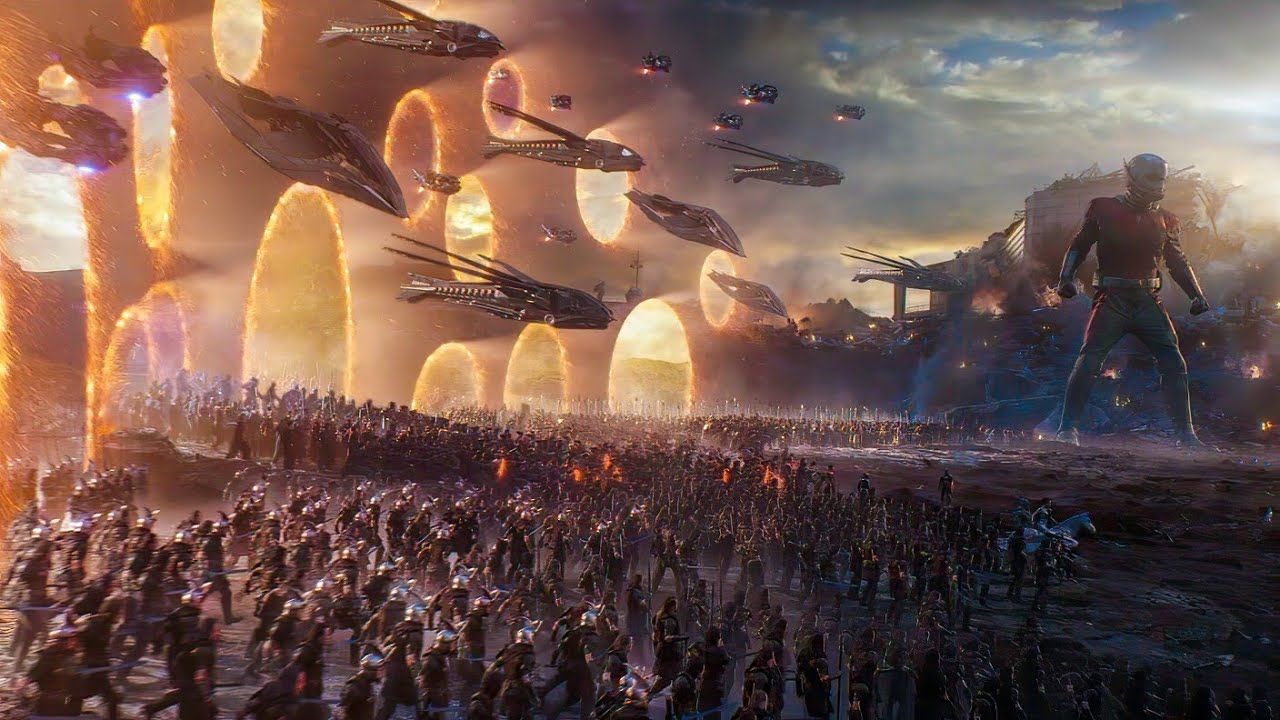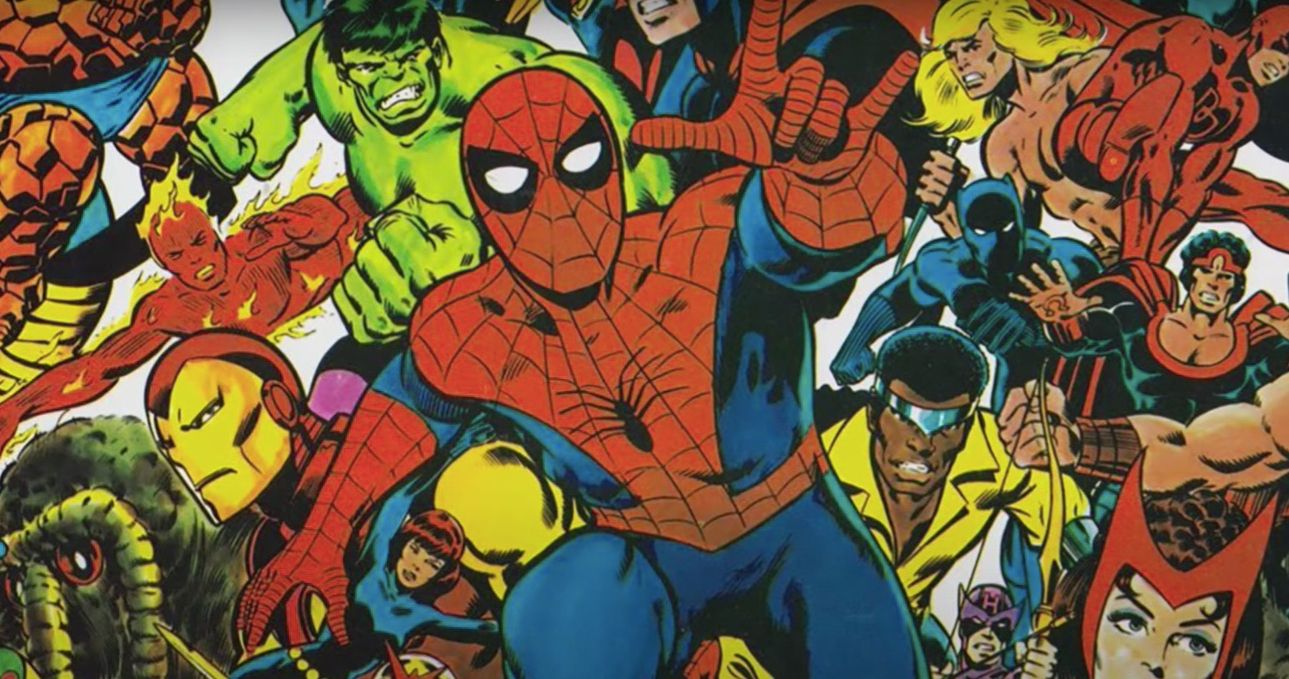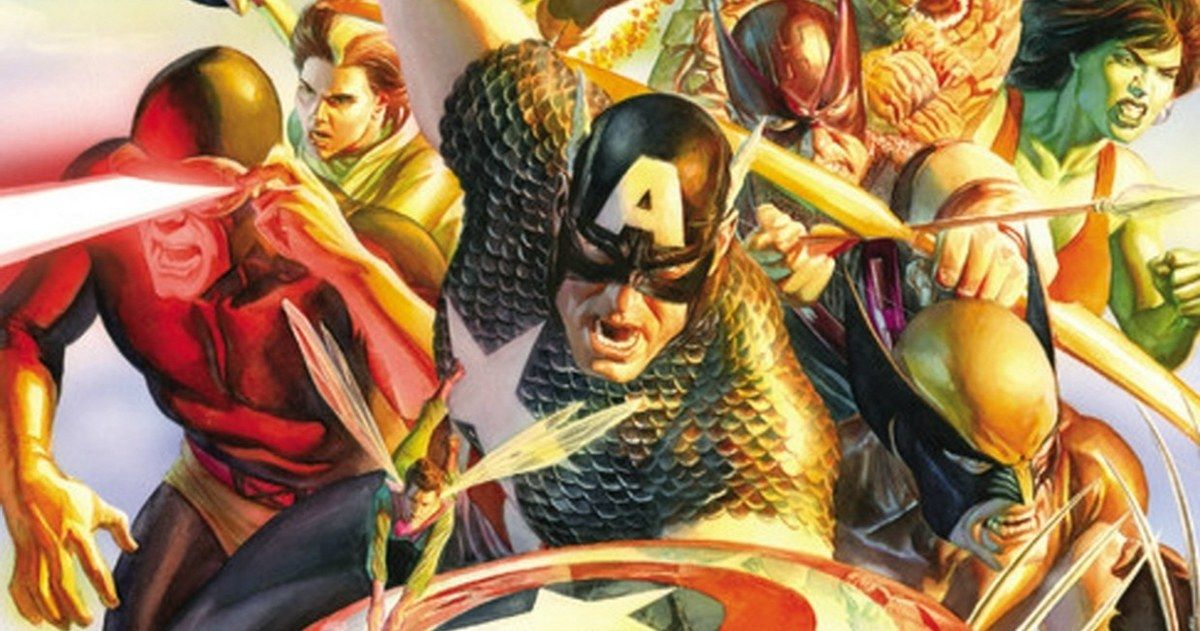Ever since phase four of the Marvel Cinematic Universe was unveiled in 2019 at the San Diego Comic-Con, it's been no secret that in addition to the myriad of new heroes, more teams other than The Avengers will also be introduced. While more is not always a bad thing, with the sheer number of new characters confirmed for the MCU, the presence of more confirmed teams of heroes and villains could very well be spelling out what it will be like going forward.
When all the Marvel movies were new, and nobody was sure how successful any of those individual movies would be, much less their big planned crossover team-up movies, it made sense to introduce the characters one at a time and give them all their own films. It gave old and new fans alike the chance to really get to know each of these characters on a personal level and witness all the trials and tribulations that each of them had to face on their own. By the time The Avengers rolled out in 2012, each member of the team was already well known and well-loved. Now that the experiment has proven to be a success, the time may have come for the Avengers to no longer stand alone within the cinematic universe of movies that they have created.
Like with the original 2012 movie The Avengers and its eventual 2019 sequel Avengers: Endgame, a plan is in place at Marvel Studios. Rarely, if ever, does anything happen in the Marvel Cinematic Universe that isn't the result of some long-term strategy. Everything is and has already been thought of in advance. Marvel Studios president Kevin Feige already knows who (and what) all the pieces on the board are, so for them, it is a simple matter of putting on one performance at a time. Even the new Disney+ series such as WandaVision, Loki, or the upcoming Moon Knight fall into Marvel Studios' massive plan. Since a plan is confirmed to be in place, that would inevitably mean that all the upcoming teams in the Marvel Cinematic Universe are part of that plan. If that is the case, what is the long-term goal with so many teams? That answer to that is surprisingly not difficult at all to discern.
Marvel Madness
In no particular order, the confirmed and rumored teams of heroes and villains said to be joining the Marvel Cinematic Universe are the New and Young Avengers, the Thunderbolts, The Midnight Sons (of which Moon Knight and possibly Morbius may be part), The Illuminati (who are rumored to make their silver screen debut in the upcoming Doctor Strange and the Multiverse of Madness), The Fantastic Four, and last but certainly not least the X-Men. All of these teams were, if not confirmed, at the very least hinted at by Kevin Feige and others working within Marvel Studios for some time. Still, more important than whether the teams are confirmed to appear is the number of characters that each of them will be bringing with them.
When the Avengers superhero team was introduced to the world in 2012, it had six members -- Captain America, Iron Man, Thor, The Incredible Hulk, Black Widow, and Hawkeye. With this in mind, it is safe to assume that six is likely the new Marvel Cinematic Universe standard for the number of characters per team (with the exception of The Fantastic Four, of course). Even with an acceptable margin for error, that still leaves the possibility of over forty new characters being brought into the Marvel Cinematic Universe just by virtue of being on any of these teams. So why all these characters and why all these teams? Anyone who has been a fan of the original Marvel Comics for the past few decades already knows the answer to this.
Secret Wars, What Are They Good For?
With all of these confirmed and rumored teams, the existence of the multi-verse being introduced into the Marvel Cinematic Universe in Loki and Spider-Man: No Way Home, and the presence of The Fantastic Four on the docket for eventual release, long time fans of the original Marvel Comics will recognize all of this as the groundwork for an adaptation of Marvel's first, and perhaps still to this day most celebrated event, the 1984 classic Secret Wars written by Jim Shooter and drawn by Mike Zeck and Bob Layton.
The story of the 1984 classic involves an ultra-powerful, omnipotent, god-like being calling itself “The Beyonder,” who takes a seemingly random assortment of heroes and villains, splits them up into two teams based on good and evil, and then has the two teams fight each other. While this sounds incredibly simple, what kept it interesting is that the lines between good and evil are not exactly clear-cut things in the Marvel Universe. As a result, there was a lot of infighting based on different characters' opinions about how best to win the Beyonder's game.
With a setup like this and so many teams both confirmed and rumored to be coming to the Marvel Cinematic Universe, the inevitable all-out brawl between these different teams may as well be a guarantee at this point. After all, fans and non-fans joke that in the Marvel universe, the heroes can't stop fighting each other, so if all the “heroes” are on different teams, then all they would really just need is a time and place to throw down. May the best team win.



